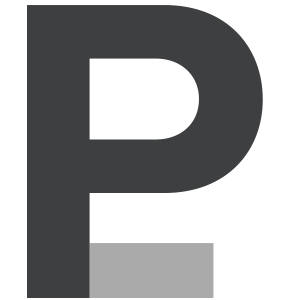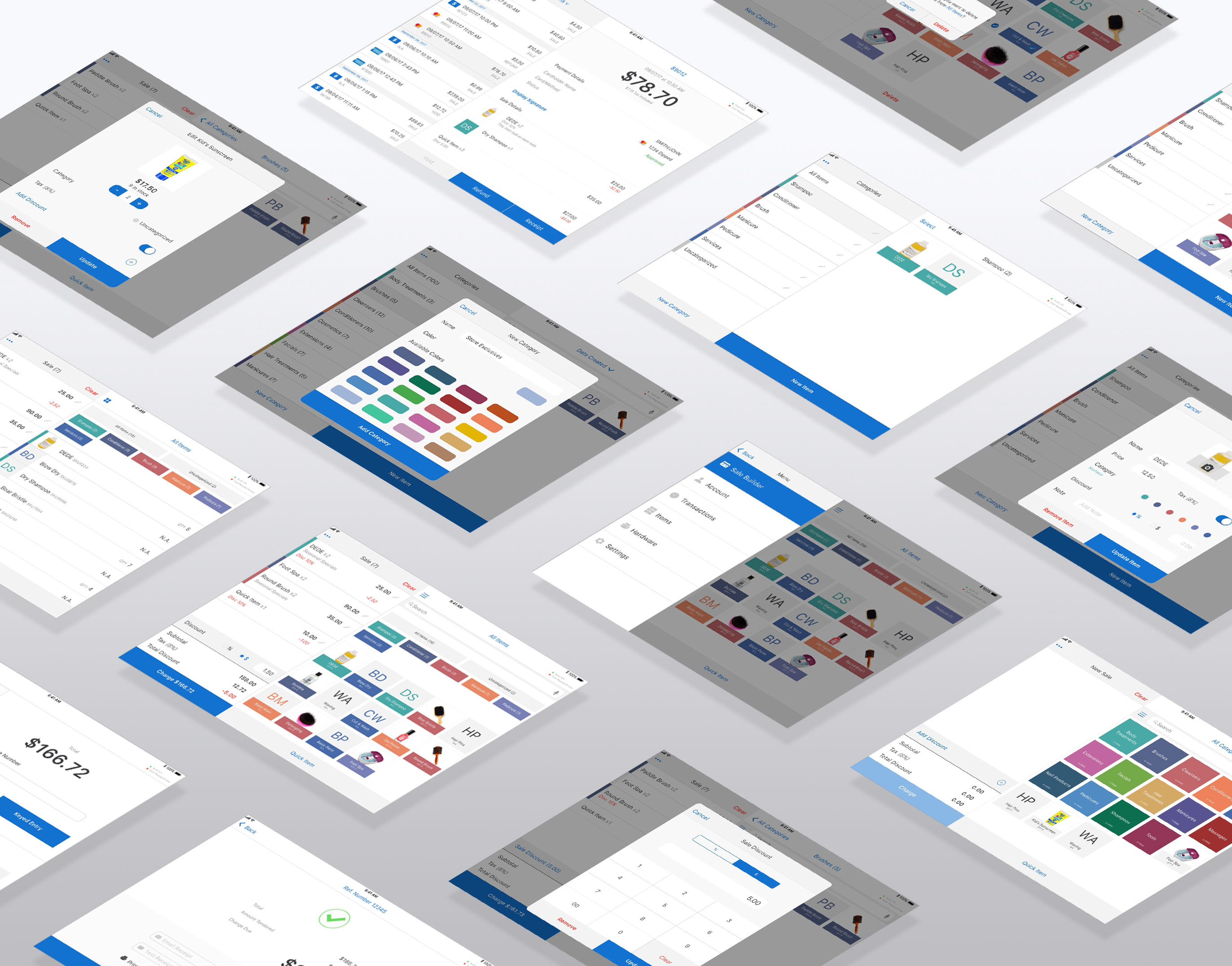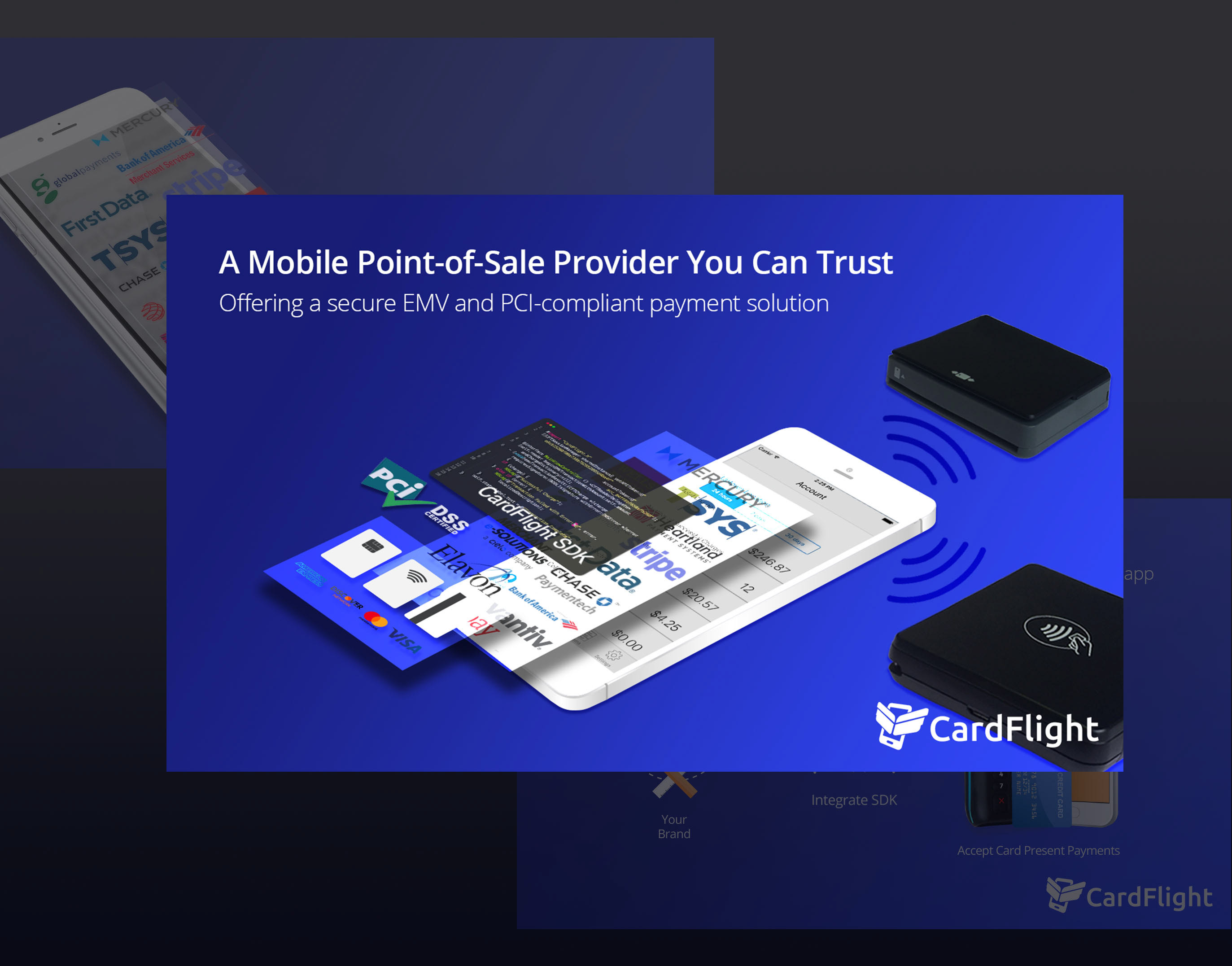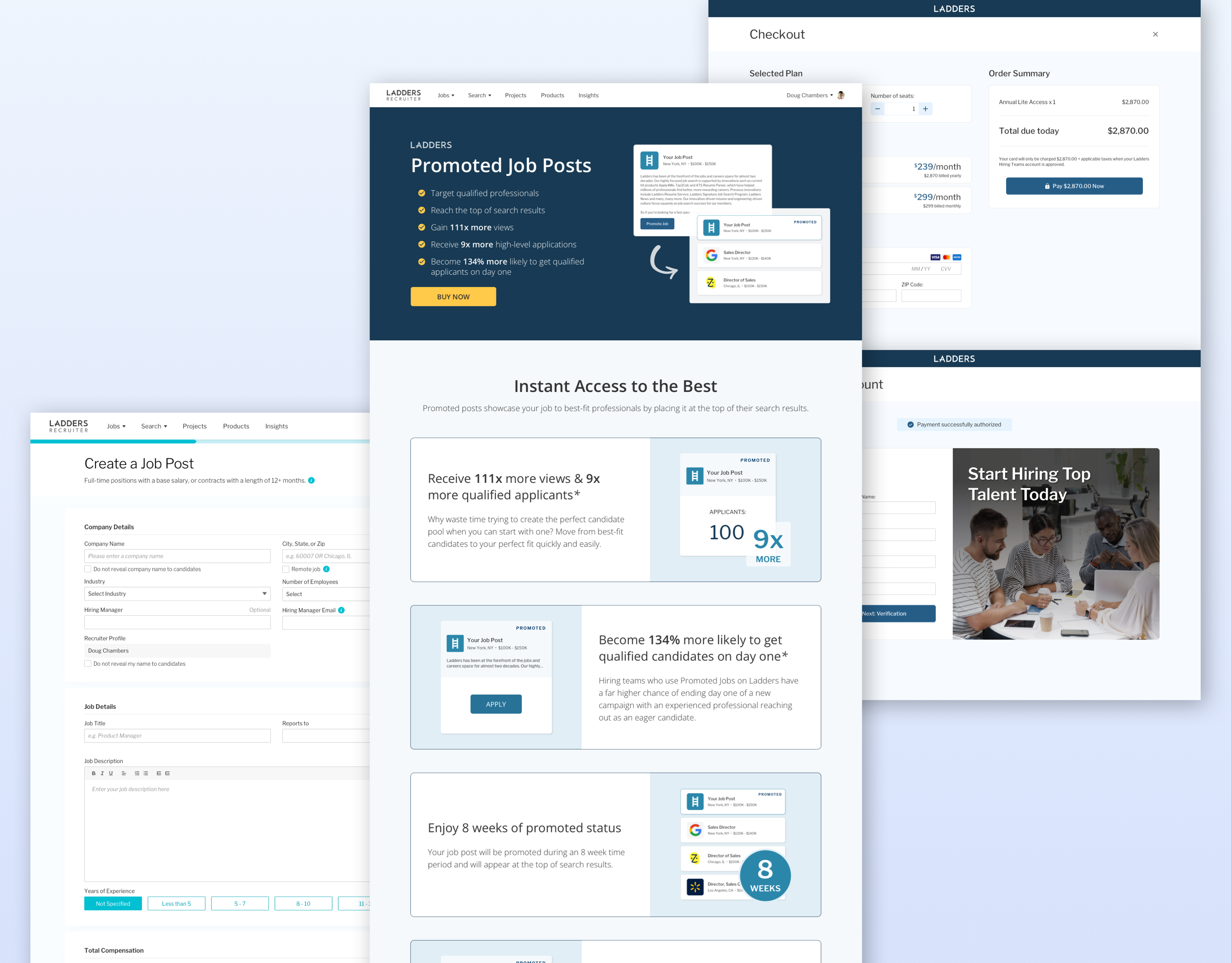ABOUT
The jobseeker's side of Ladders took a small hit at the beginning of the pandemic. In response, the business would like to re-evaluate its product offerings and identify new opportunities.
The Objectives
The overarching business goal was to increase bottomline and reduce churn by introducing value-adding feature(s).
The new feature(s) will be identified and validated through user research. Findings from research, combined with internal data, will be used to inform product and design decisions. To validate product market fit, the new features(s) will launch as an MVP and further iterated from consecutive research and usability testings.
The Strategy
User research:
The goal of research would be to study jobseekers' behavior and map out their end-to-end workflow when using online job sites, get in-depth understanding on the challenges they face, and identify opportunities.
Employed a three-fold research strategy:
1. Quantitative survey to get a gauge of users' perception and product market fit.
2. In-depth user interviews to study workflows, discover opportunities and challenges, and validate/refute hypotheses.
3. Usability testing to surface gaps with current experience, and validate ideas.
Strategy is repeated for each design iteration.
For discovery research, my goal was to identify 3 main challenges/opportunities that Ladders can offer solutions for. Research findings will also be used to inform product design decisions. To help with needs and feature prioritization, I used the R.I.C.E model.
Designing for the new feature:
From research, it was found that jobseekers go through 3 main stages in their job search process:
1. Pre application - searching and browsing jobs.
2. Application - filling and submitting applications.
3. Post application - experience between submitting application and interviews.
Although jobseekers face various challenges at each stage, this project will focus on solving for challenges faced in the Stage 2.
One of the main pain points discovered is the repetitive and time-consuming nature of filling out job applications. Although some job sites offer "quick apply" options, they still require candidates to fill out some kind of form for each application. Quick apply options aren't always available as well. The goal here was to design for a truly 1-click job application feature that works unanimously across all, if not most, applications.
The Scope
Planned, designed, and conducted all stages of research. Synthesized and presented research findings. Used findings from research to propose solutions for new feature. Designed end-to-end solution -- including working cross-functionally with Operations and Engineering to ensure that solution is feasible and cost effective at all stages.
Overall Outcomes
• Identified the main stages of jobseekers' user journey and the associated pain points at each stage. This also served as the building block for improvements to current experiences.
• Designed and launched a 1-click job application feature based off user research.
• 1-click job application feature was used by over 75% of paying members in the 1st 18 months, and has become Ladders' main paid offering.
User Research
Survey
To effectively gauge jobseekers' perception and their thoughts on Ladders' current experience, a 40-question survey was sent out to a sample of 3,000 users.
The survey comprised of a combination of closed and open-ended questions. As there were plans to establish a routine survey process, the sample size was kept relatively small in order to avoid exhausting the participant pool. This survey is used to identify recurring themes, which will help direct the focus topics for in-depth user interviews.
Survey Analysis
Close-ended questions were tabulated and presented using charts and graphs, while open-ended questions were analyzed using thematic analysis.
From survey responses, it was found that most jobseekers go through these 3 stages in their job search:
1. Pre application stage - where they search and browse jobs. The main challenge here was identifying jobs that are a good fit.
2. Application stage - where they apply to jobs that are a good fit. The main challenge here was the repetitive and time-consuming nature of job applications.
3. Post application stage - the period between application and interviews. The main challenge here was ambiguity around the process.
USER INTERVIEWS
Using survey insights to inform user interviews, topics of conversation were mainly framed around the 3 stages of a job search. User interviews were mainly semi-structured and following this order:
• Understanding a user's current workflow by observing how he/she searches and applies to jobs today. This was done through simple task requests, such as "do you mind walking me through how you would typically do a search?", or "do you mind sharing how you usually evaluate this job posting?", and getting him/her to voice his/her thoughts and feelings each step of the way.
• Getting a user to share more details about each challenge he/she faces -- how is X a challenge for him/her, and what he/she tying to achieve doing X. Also, if there's any workarounds he/she is currently using for said challenges.
• What would a user like to see in an ideal world, or if he/she could have an advantage over his/her peers, what would that look like, and why.
User interviews were conducted virtually over Zoom, with each session lasting around 30-45 minutes. As I was running the user interviews solo, each round averaged 8-10 participants, lasting a week. At the end of every round, I'll evaluate the responses and modify topics of discussion for the next round accordingly -- to further validate/refute hypotheses, or get more granular details.
To help with synthesizing, feedback from user interviews were documented and evaluated using excel sheets.
To help with getting stakeholders' buy-in, feedback were presented in a series of slides.
This user research exercise concluded to be very valuable for Ladders, and resulted in an established process for monthly surveys, and monthly-quarterly user interviews and usability testings.
Building off research findings, Ladders decided to first focus on solving for the following pain points:
"I don't understand why I have to repeat information in my resume when filling out applications"
"I don't understand why I have to repeat information in my resume when filling out applications"
"Filling out applications is so time-consuming"
"Easy apply is not easy all the time"
"Job applications is a numbers game"
1-Click Job Application
Leveraging research, it was identified that jobseekers valued time when it came to job applications. The shorter the time taken to complete an application, the happier users were and the more jobs they could apply to -- translating to higher propensity to pay. To simplify the entire process, Ladders seek to offer a truly 1-click job application experience. The new feature was introduced as "Apply4Me", an abbreviation of "Apply for Me", which is what the feature did.
REQUIREMENTS
For this to be technically possible, the following requirements need to be met:
how It Works
1. Users upload application materials - resume, cover letter (optional), and fill out a compulsory 19-question form once.
2. Search and browse jobs as per usual.
3. Click on "Apply4Me" to apply to any and all jobs that they want to.
4. Ladders will apply to the job(s) on their behalf.
5. Users will receive post application communications and be able track their job applications on their dashboard once they have been processed.
LANDING PAGE - DESKTOP
As this was a new feature, a new landing page was needed to communicate to users how the process would work.
The feature transfers a high level of control from jobseekers to Ladders. To address potential concerns, an FAQ with anticipated questions a user may have was included.
The page also doubled up as an info management page for users to modify their application materials.
JOB PAGES - DESKTOP
In order for the feature to be accessible to users, it had to be integrated into their current workflow. Hence, a new "Apply4Me" button was integrated into all job pages -- job listings, recommended job page, and search results.
Job pages were redesigned in another project, see more [here].
Email communications
From research, there was substantial feedback that suggests that job applications can be a time-sensitive issue. To make the process as transparent as possible, 3 new status update emails -- application received (pending), application submitted (processed), and application failed (exception) were introduced.
MOBIle
User research and internal reports (70% of job applications were done on desktop) showed that users prefer to apply to jobs on desktop, over mobile. It is a lot easier to fill out forms on desktop. Larger screen sizes on desktop also provides more real estate for information. Hence, this new feature was designed desktop-first.
However, users are browsing jobs on mobile (with 60% of site traffic stemming from mobile devices). To better to cater to users' workflows, mobile designs had the following modifications:
• Including "Apply4Me" option on job cards. User research indicated that Ladders' users typically held mid-senior positions, and could usually tell if a job is a good fit or not based on job title, company, salary, industry, and required years of experience. For candidates who saw "job applications as a numbers game, being able to apply to jobs without having to navigate through job descriptions would save them a lot of time.
• Pinning application options to the page on scroll to make application options easily accessible.
• Using a different form structure for the compulsory 19-question form. The form on mobile used a step-by-step design to reduce cognitive load and increase accessibility.
Step-By-Step Form





